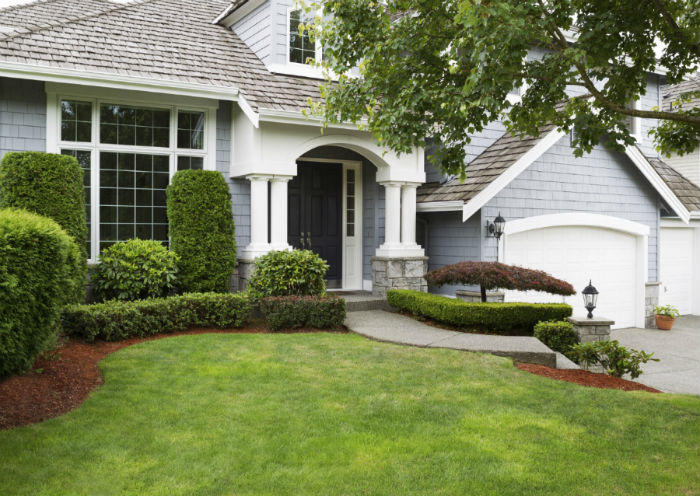December 26, 2014
Selecting the right heater for your home can be a tricky task, since no two homes have the same requirements.
 There are manufacturers’ size charts available which may be helpful in making your choice for a heater; however, the product installed may not meet the actual requirements needed. There are ways to minimize errors in making the right decision by educating yourself about heating basics and what you desire to achieve with your heating system. It is advisable to consult a St. Louis HVAC expert to recommend the best heating equipment for your home.
There are manufacturers’ size charts available which may be helpful in making your choice for a heater; however, the product installed may not meet the actual requirements needed. There are ways to minimize errors in making the right decision by educating yourself about heating basics and what you desire to achieve with your heating system. It is advisable to consult a St. Louis HVAC expert to recommend the best heating equipment for your home.
Determine Load Calculation
While designing an HVAC system, heating experts consider load calculations to estimate the correct size and capacity of the heating system required for a space. They take in consideration the local climate, the build and layout of the house, insulation of the house, and the number and size of doors and windows. When you decide to install a heating system, you can undertake the above mentioned calculations at a much simpler level so that your estimate is better than one made only on square footage.
The Size of the Space
The first calculation to make is the size of the space. Manufacturers recommend equipment based on the area of the space (measured in square feet) which is length x width of the room being considered. However, more accurate measurement of a space is given by the volume (measured in cubic feet) which is the area x ceiling height.
The next step is to understand the sizing based on heating values. Electric heaters are rated by wattage and gas heaters are rated by BTU (British thermal unit). These may sound confusing, but by going with the industry’s rule of thumb, each square foot of space requires 10 watts of energy for heating. Therefore, 400 square feet of space will require a heater of 4,000 watts. One watt is equal to 3.41 BTU, so the rating of a gas heater for a 400 square foot space is 4,000 x 3.41, equaling 13,640 BTUs.
Estimate Heat Rise
The next factor which helps in making a better estimate is the heat rise. It is the difference in the desired indoor temperature and the outdoor temperature on the coldest day of the year. The average outdoor temperature information is available online. For example, if the desired indoor temperature is 72 degree F and the temperature outside is 22 degree F, the required heat rise is 50 degrees, which has to be provided by the heating system on the coldest day.
Primary Versus Secondary Heating
The final consideration is that of primary versus secondary heating. Most heating systems only have a primary heating source which provides the heat required for a space. The secondary heating source is used to heat the space when the primary is not sufficient. The design is such that the primary provides heating throughout the year; however, on the coldest days the indoor temperature is boosted using the secondary heating.
To make the right choice, it is best to consult with a professional St. Louis HVAC company to inspect your property, determine the requirements, and then recommend and install a system that best meets your needs. Call Scott-Lee Heating Company at (314) 200-0788.
